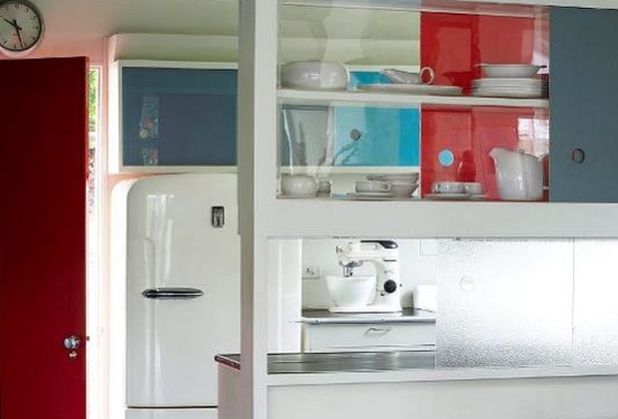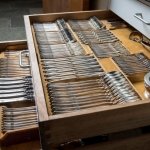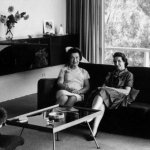We’re ‘thoroughly modern’ here at SLM, with The Morderns: European designers in Sydney and Marion Hall Best: interiors exhibitions in full swing at Museum of Sydney. Modernism came into its own on our shores with European émigré architects, interior designers and furniture makers working in the 1930s to 1960s. Not only did modernism change the way we live, it changed the way we cook and eat. No longer was the kitchen – and with it by default, the housewife – hidden at the back of the house or buried in the basement. Eating, dining, entertaining – indeed, living – areas became more fluid, shaping the way of living we enjoy today. The kitchen itself became a design entity, evident at Rose Seidler House where the kitchen, completed in 1950, is light, bright and colourful.
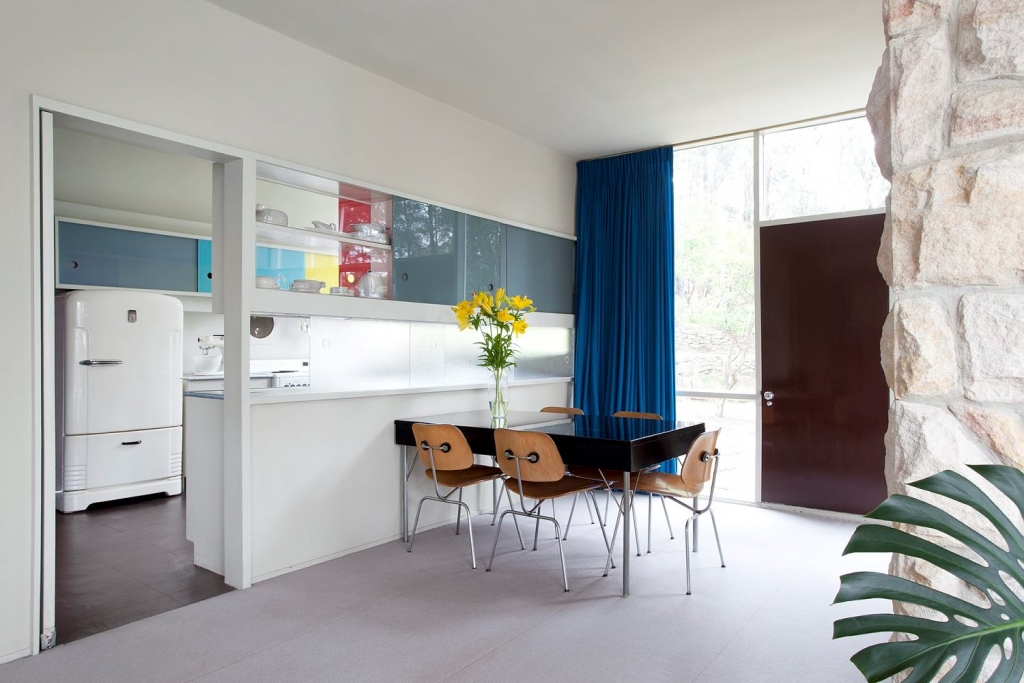
The dining area and kitchen at Rose Seidler House. Photo © Jamie North for Sydney Living Museums
A new way of living
When Harry Seidler built his parents’ Max and Rose Seidler’s home in Sydney’s northern bushland (now suburbs) at Wahroonga in the late 1940s, he integrated the kitchen with the ‘living centre’ of the house, positioning it at arms reach of the dining area through an open servery. Harry believed that as a modern ‘housewife’ his mother, a superb cook and hostess who loved to entertain, should enjoy a pleasing yet efficient kitchen that would allow her to cook yet not be separated from her family and guests.
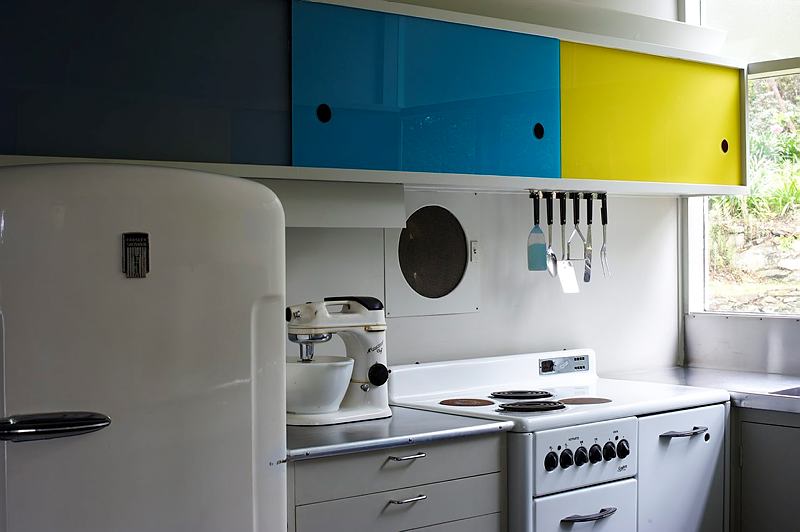
The kitchen and servery at Rose Seidler House Photo © Nicholas Watt for Sydney Living Museums
All the ‘mod cons’
Visually spectacular yet highly functional, Rose’s kitchen was one of Australia’s best equipped, with the very latest labour saving appliances. It is said that it cost more to fit out the kitchen than the rest of the house. Seemingly everyday items now, but luxuries for many householders at the time, Rose enjoyed the latest model refrigerator with freezer compartment, an electric stove and dishwasher. Her kitchen also boasted an exhaust fan and waste disposal unit in the sink. A Gents plastic wall clock, Flint utensils set and Kenwood ‘Chef’ mixer were the latest in industrial design.
Similarly the outdoor deck became an extension of the living space, inviting opportunities for relaxed outdoor socialising, but with more energy and vibrance than the previous generations’ traditional garden tea parties or picnics on the lawn.
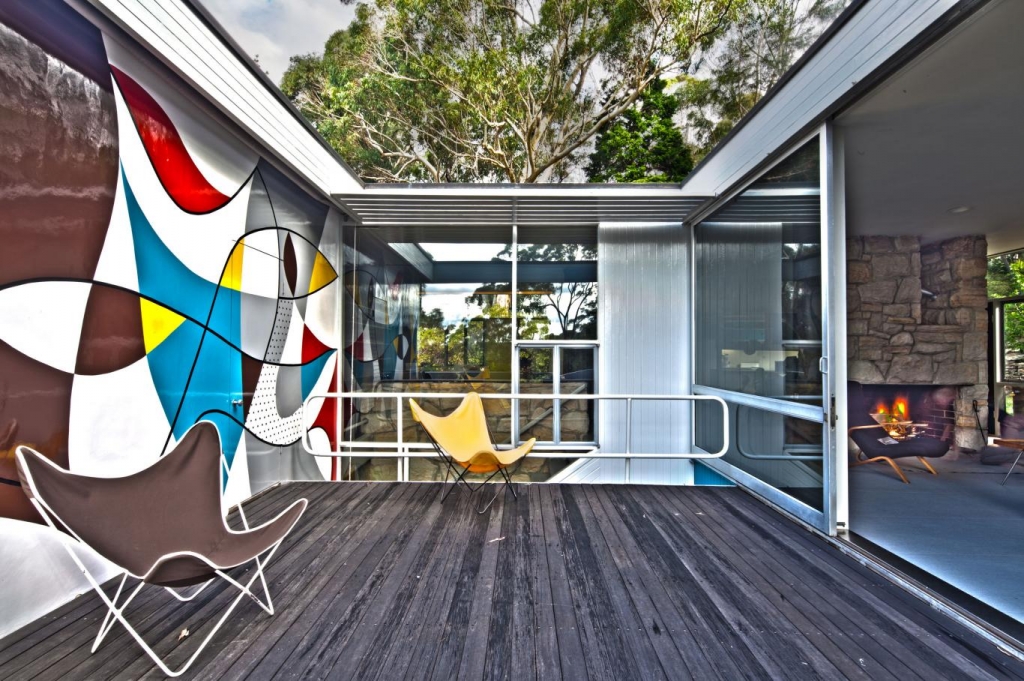
The deck area at Rose Seidler House © Phyliis Wong for Sydney Living Museums
More to come
In the coming weeks, with the help of Joanna Nicholas, curator of Rose Seidler House, we’ll be exploring the tastes and trends of this ‘new way of living’ in Australia, from design innovations to entertaining and dining practices, and look at the kinds of food and drink people were enjoying in the thoroughly modern 1950s and 60s.
